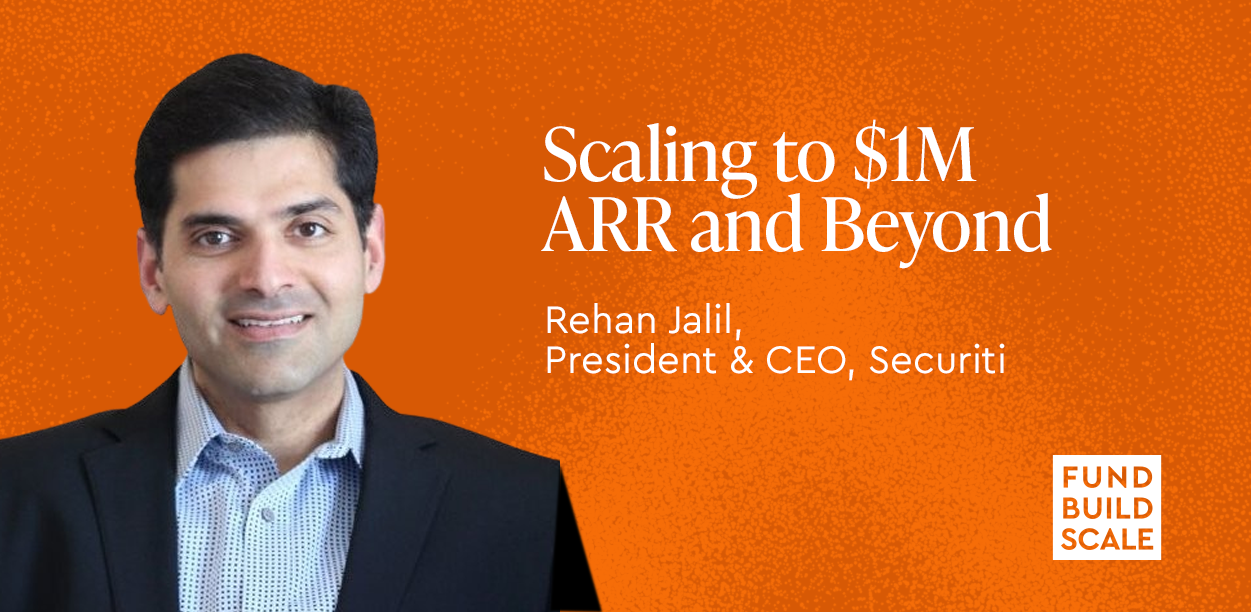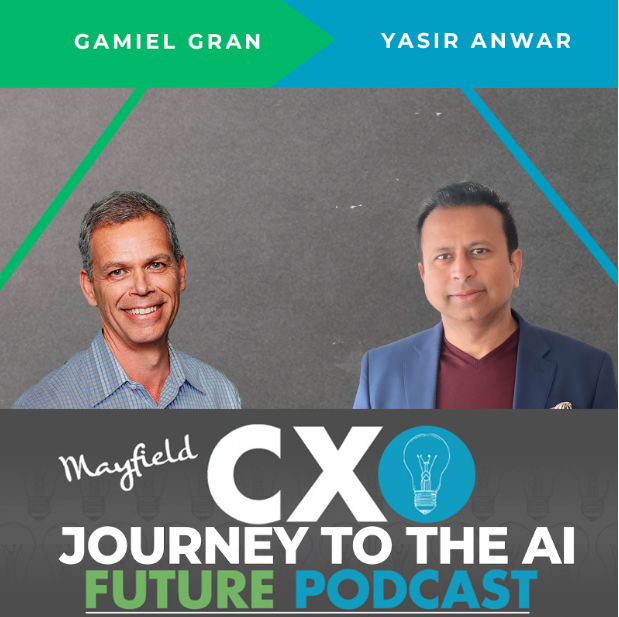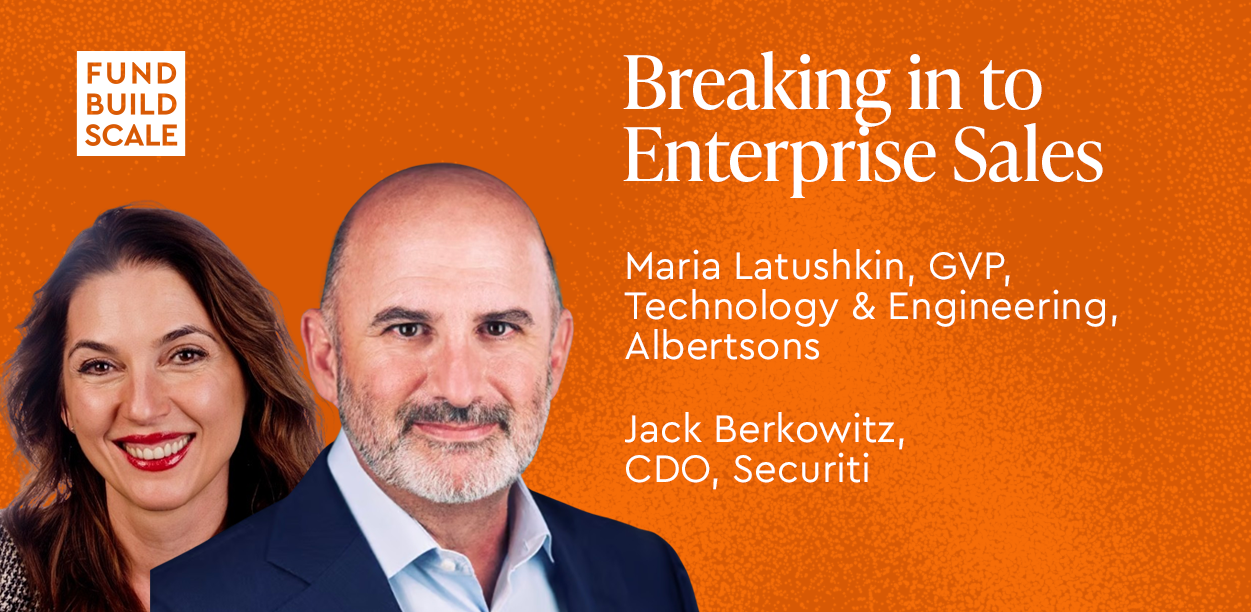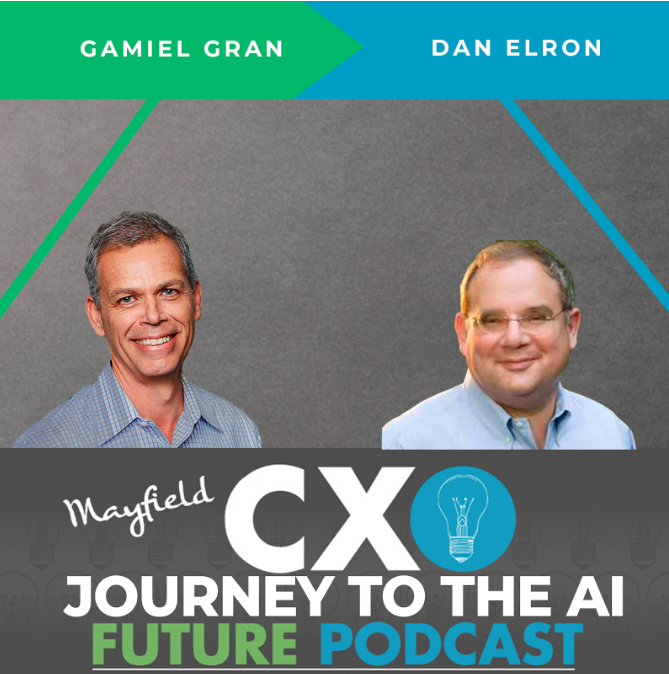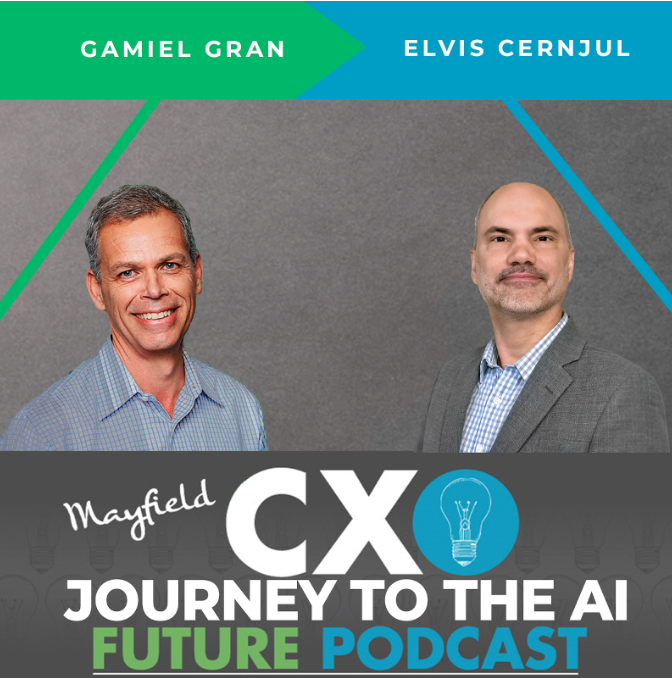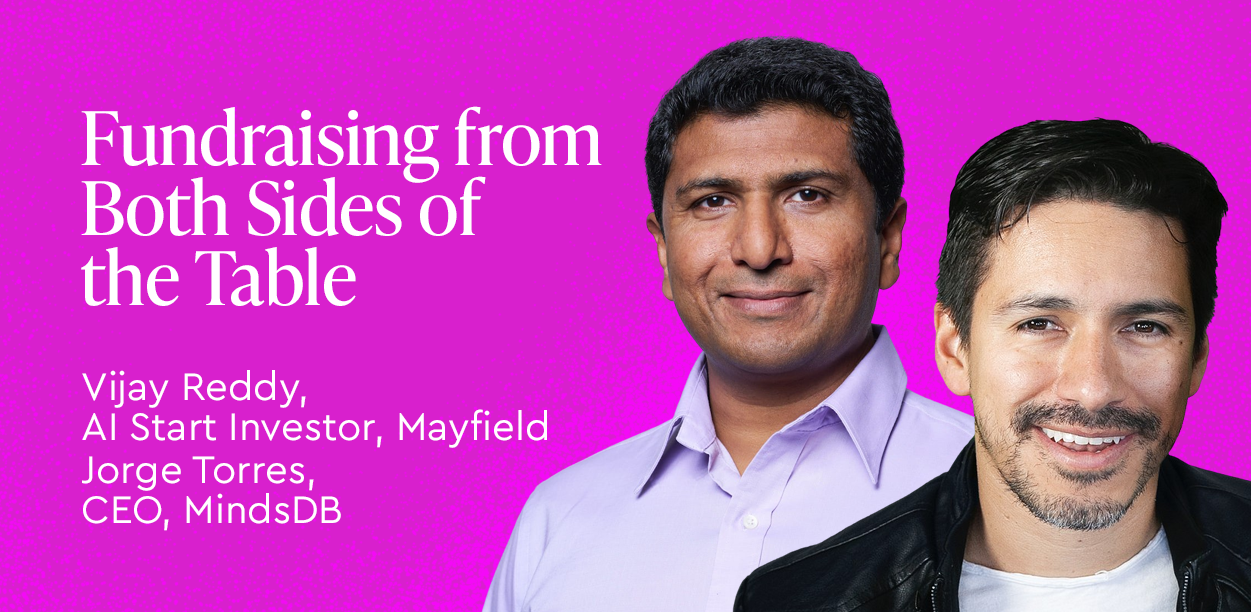Listen to the podcast here:
iFrame:
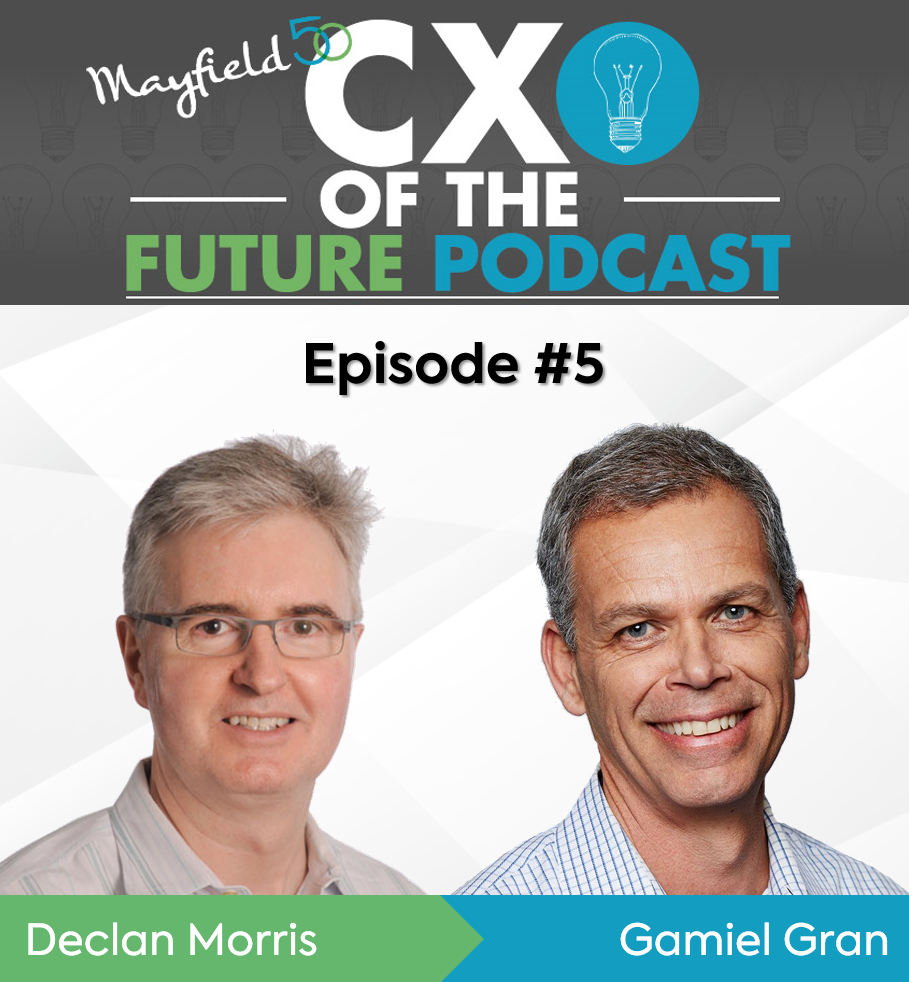
The role of the Chief Information Officer (CIO) is one that has seen constant change over the years, as the rapid pace of the digital revolution has presented businesses with new opportunities and challenges.
Declan Morris has been working in the IT industry for over 30 years — most recently as the CIO of Splunk, the market leading intelligent software analytics company. He was recently Gamiel Gran’s guest on the Mayfield podcast “The CXO of the Future,” sharing his story and lessons learned from his time in the valley.
Getting Started
Declan Morris began his IT career as a software developer 30 years ago. He got started on a PDP-11 back in his college days and has since been through all of the major seismic shifts in the IT Industry. He started at IBM in Ireland, but his career really took off when returned to the States in early 1993 and joined Charles Schwab. There, Morris worked his way from software developer to Director of Retail Technology. Schwab was going through explosive growth with the early days of the online brokerage concept.
“It was a very exciting place because there was a sense of taking on the incumbents and beating them at their own game and also looking to the future in terms of where the retail investor was going and being there first.”
After seven years at Schwab, Morris joined a startup investment bank founded by Charles Schwab, Schwab & Co., TD Waterhouse, and Ameritrade, with the venture-capital backing of Kleiner Perkins, Benchmark Capital, and Trident Capital. The year was 2000—what turned out to be the end of the initial dotcom boom. The bank merged with Goldman Sachs in 2001.
“What it gave me was a taste for what it’s like to be in a startup environment.”
It was an incredibly exciting time, but also a time when the bank was dealing with vast quantities of poorly analyzed data. Morris developed a sophisticated data warehouse to harvest retail investor positions and trading behavior.
In 2003, Morris had the great opportunity to join eBay as the Director of IT Services just as the company had initiated the acquisition of PayPal. The biggest risk to the business then was fraud. During his time at eBay, Morris worked with the safety team, took their fraud model and built out a system that improved customer support’s ability to handle fraud cases through automated workflows. Making this process available to the business was a game-changer, and one that eBay alone offered. But after another four years, Morris joined Adobe at a time when software was still being sold in shrink-wrapped boxes at stores like Fry’s, Egghead and CompUSA. Leadership made a bold bet that people were more interested in consuming digital products over the net rather than installing CDs and DVDs. That was the catalyst for the Adobe Creative Cloud.
“My role there was to build out operations from scratch. I moved out of IT and into product to build out cloud operations for the Creative Cloud.”
While it was clear that moving to Adobe and building Creative Cloud was the right thing to do, many folks within Adobe weren’t onboard. History has now demonstrated it was an incredible success–not only by opening new markets, but by eliminating fraud risk associated with pirated software.
While at Adobe, Morris was exposed to Splunk when his team was sorting through very complex workflows associated with transactions between Adobe servers and AWS. “One of the engineers downloaded Splunk and solved problems that would have taken weeks — possibly months to solve.”
At the time, Splunk was looking for somebody who had experience both in ITI and in product engineering to help them develop a subscription model. Morris joined Splunk, where he applied his Agile and DevOps leadership experience to bring major cloud solutions to market. He stepped into the CIO role 18 months later.
“One of the things that attracted me to Splunk was that the prior CIO—it was 2010—went all in on cloud, which was very bold at the time. And for me personally, that was the future. The writing was already on the wall, enterprise software deployed on the cloud. And while there’s a huge community out there that has many legacy systems, these will disappear over time. And as we now know today, if you’re going to start a company from scratch you’re going to go to cloud.”
Innovation
With each step in his career, Morris drove innovation and transformation—at Schwab bringing the next gen brokerage online, at eBay and PayPal, building out fraud prevention models for the largest marketplace, and at Adobe, moving from on-prem license sales to a cloud subscription model. But many corporate teams are part of a long-term legacy system and are less inclined to take the risks associated with innovating.
“When I reflect on the great experience that I’ve had with these companies over the years, the greatest risk is actually of doing nothing. And the companies speak for themselves. If Schwab just continued to operate the way it had it would be marginal. Same thing for eBay. If they didn’t address the risk around fraud they probably wouldn’t exist today. Adobe probably would still be selling software, but would they be the growth engine they have been over the past four years? Definitely not. And when you look at Splunk in the early days compared to where they are now, the clear signal is there is a greater risk of doing nothing than doing something. Ideally, you’re going to find there is an appetite for change and a curiosity and an eagerness to innovate. Identify those people and do the best you can to set them up for success.”
Metrics for success
What’s the best way to set people up for success? Morris shared some examples:
“In the case of the fraud that we talked about at ebay, we had reps build a little scripting engine that helped them take down fraudulent listings. We had an appetite within an IT organization to take a look and sit down with the reps and think outside of IT. Don’t limit yourself to just those in your team.”
At Splunk, the CEO crammed the entire team into a small conference room. “Forget about the hat you’re wearing,” he’d say, “Let’s focus on the business problem we’re trying to solve.” And that enabled Morris and his team to have these conversations with their private partners to figure out “How do we solve the problem of getting a service launched in three months—Not a prototype, but actually launching the service and getting it to the customers in three months?”
How can IT leadership teams befriend early stage companies?
“I think we in California have an unfair advantage over our peers outside of California because I think their job is far harder in terms of adopting new technology. To be successful here you need to become a part of the CIO community. The community here in the Bay Area is actually very strong and we are continually growing.”
How to advise startups on how to be more thoughtful when approaching the IT community
“The unfortunate reality is that we as a community are bombarded with so many startups. There are, for example, about three thousand startups in the cybersecurity space alone. So, the community is extremely important. Your startup needs to make those connections in the community—your champion within the organization. Most likely, the route to the CIO is not directly to the CIO. It’s through the application, operations, DevOps, or security space. It’s critical for the startup to nurture those connections and to understand what level of influence a given individual has. If they can influence the CIO then that’s huge. It’s important for startups to put together an online model that can actually demonstrate ‘Hey while there’s an up-front cost associated with this investment there will be a legitimate payback.’
Defining the role of the CIO of the Future
- Start with the strategy of the overall organization itself. It needs to be anchored to the company strategy.
- Think about how the IT landscape has evolved over the last couple of decades. When I think back to say the Schwab days in the 90s, it was primitive in terms of the technology stack relative to what we have today. The trends that we are bucking up against are yet again going to challenge us at a whole new level.
- When you think about neural networks, you start to think about machine learning in terms of the good stuff that goes with it. It’s not an end in itself, but it will change the way you think about stretching your organization.
- We’re seeing technologies coming out that are looking at the underlying data. Disparate data sources in ways we could never imagine. The traditional model that we’ve enjoyed to date will not scale for the future. IT will become more like product in the sense that you’ll see more product managers in IT and less project. You will own the space that relates to your business—not what relates to the tech stack. You need to understand from your CRO what pain points they want to see addressed. Think about yourself as a product manager.
- We’ll see more and more leaders within the CIO organization around digital experience. You’re going to see more emphasis around the employee experience—the digital experience—to try and increase the productivity and reduce the friction within that environment. That’s another element that I would see going into this mix.”
Key Takeaways
- Identify people with an appetite for change and a curiosity and an eagerness to innovate. Do the best you can to set them up for success.
- Forget about the hat you’re wearing and focus on the business problem you’re trying to solve.
- For start-ups, the route to the CIO is not directly to the CIO. It’s through the application, operations, DevOps, or security space. Nurture those connections to understand what level of influence a given individual has.
- Data is going to take on a whole new perspective in terms of the impact it’s going to have on society.
- We’re in the first inning of the IT landscape. The impact that we as practitioners in the IT space can have on society is probably not fully appreciated at this stage. We have a responsibility that we never really thought about—it’s going to take more thought.





